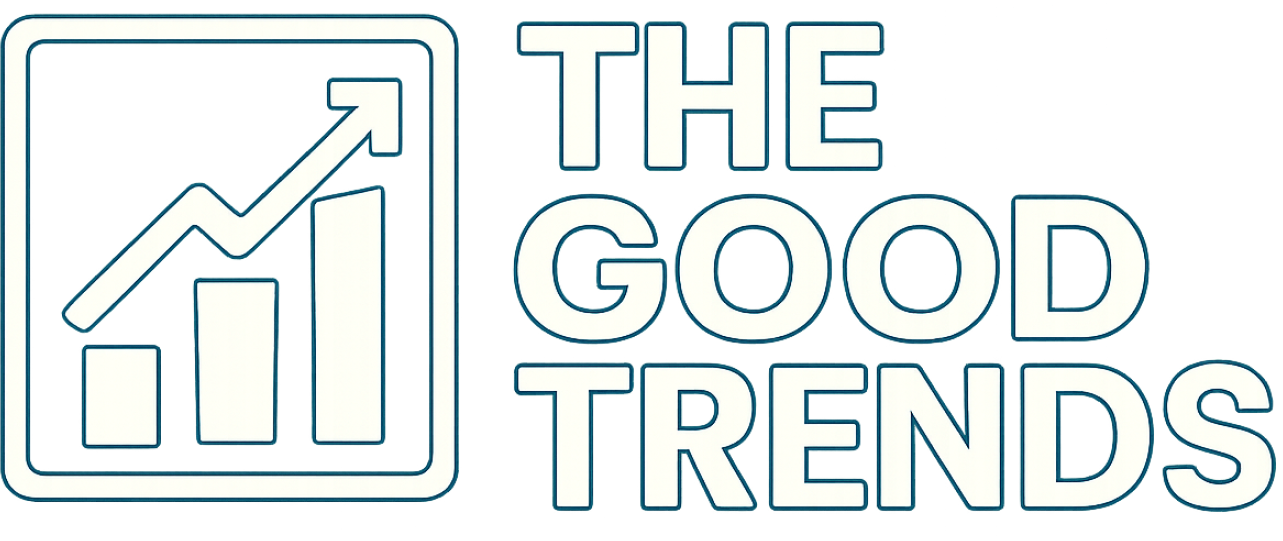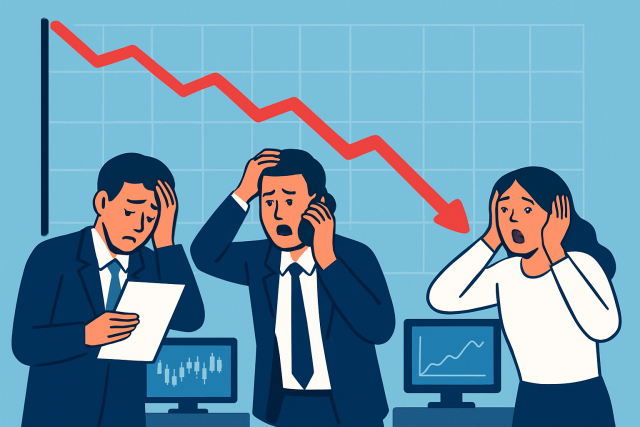
What Does 'Tanked' Mean in Trading Terminology?
Discover what 'tanked' means in trading—how it describes sharp asset declines, causes behind these d...
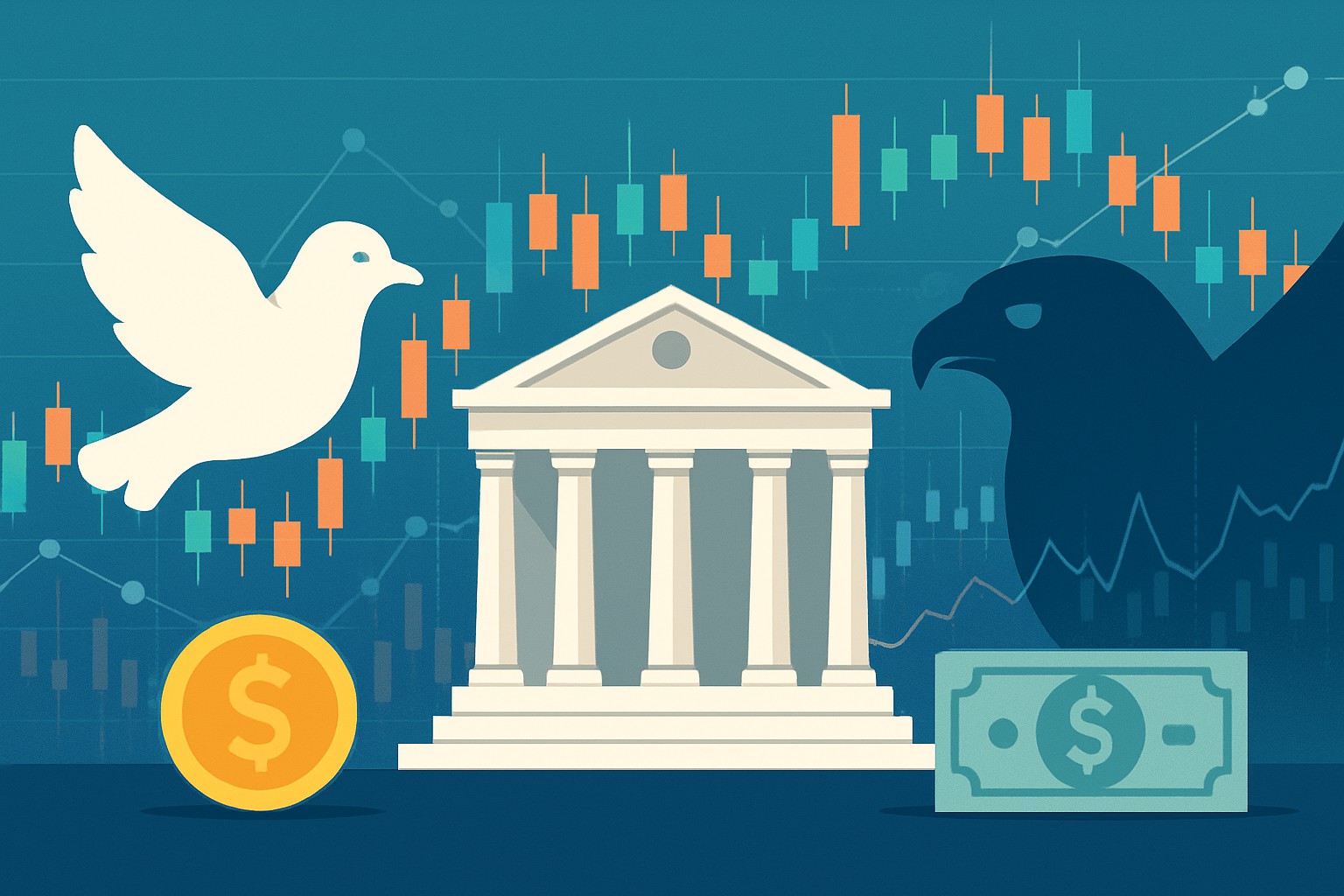
Central banks play a huge role in shaping global financial markets and make decisions that ripple through the money supply, interest rates and the broader economic outlook. You have probably come across terms like 'hawkish' and 'dovish' when people talk about different takes on monetary policy.
A central bank earns the label 'hawkish' when it is laser-focused on keeping inflation in check and generally leans toward tightening monetary policy.
A hawkish central bank is a bit like that careful driver who starts easing off the gas as they near the speed limit, just to make sure the engine doesn’t throw a fit by overheating.
A dovish stance basically means the central bank is all about backing economic growth and keeping people employed by holding interest rates low or easing up on monetary conditions. It’s a bit like carefully tipping the scales—accepting a touch of inflation risk—but the goal is to give jobs and investment a welcome nudge, especially when the economy’s running on fumes.
Picture a dovish central bank like a driver gently easing on the gas pedal and aiming for a smooth, steady ride.
| Aspect | Hawkish Stance | Dovish Stance |
|---|---|---|
| Objective | Zeroes in on taming inflation and keeping the economy from running too hot | Looks to boost growth and bring unemployment down |
| Inflation Tolerance | Has little patience for rising inflation, always putting the brakes on first | Willing to tolerate a bit of short-term inflation without breaking a sweat |
| Interest Rate Trend | Usually leans toward hiking interest rates | Typically prefers to lower them or keep things steady |
| Impact on Currency | Often gives the domestic currency a nice boost | Tends to weigh down the domestic currency |
| Typical Market Reaction | Bond yields often climb, while stock markets might take a bit of a hit | Bond yields generally fall, with stocks often enjoying a nice rally |
These differences get to the heart of each camp's priorities. Hawks focus on keeping inflation in check even if that means slowing growth a bit. Meanwhile, doves lean toward boosting growth and employment and willingly take on some inflation risk.
Central bank positions tend to cast a wide net across the financial world. When they take a hawkish stance, interest rates often creep up and currencies get a boost. This can also stir the pot with more volatility in the stock market. Conversely, dovish approaches usually dial down borrowing costs and prop up asset prices. They also nudge investors toward taking on more risk — shifts that ripple through bond yields, stock valuations and currency movements alike.
When the U.S. Federal Reserve shifted to a hawkish stance in late 2021 by raising interest rates to wrestle down inflation, the dollar didn’t just strengthen—it flexed its muscles. Meanwhile, bond yields pushed higher and stock markets took a bit of a breather.
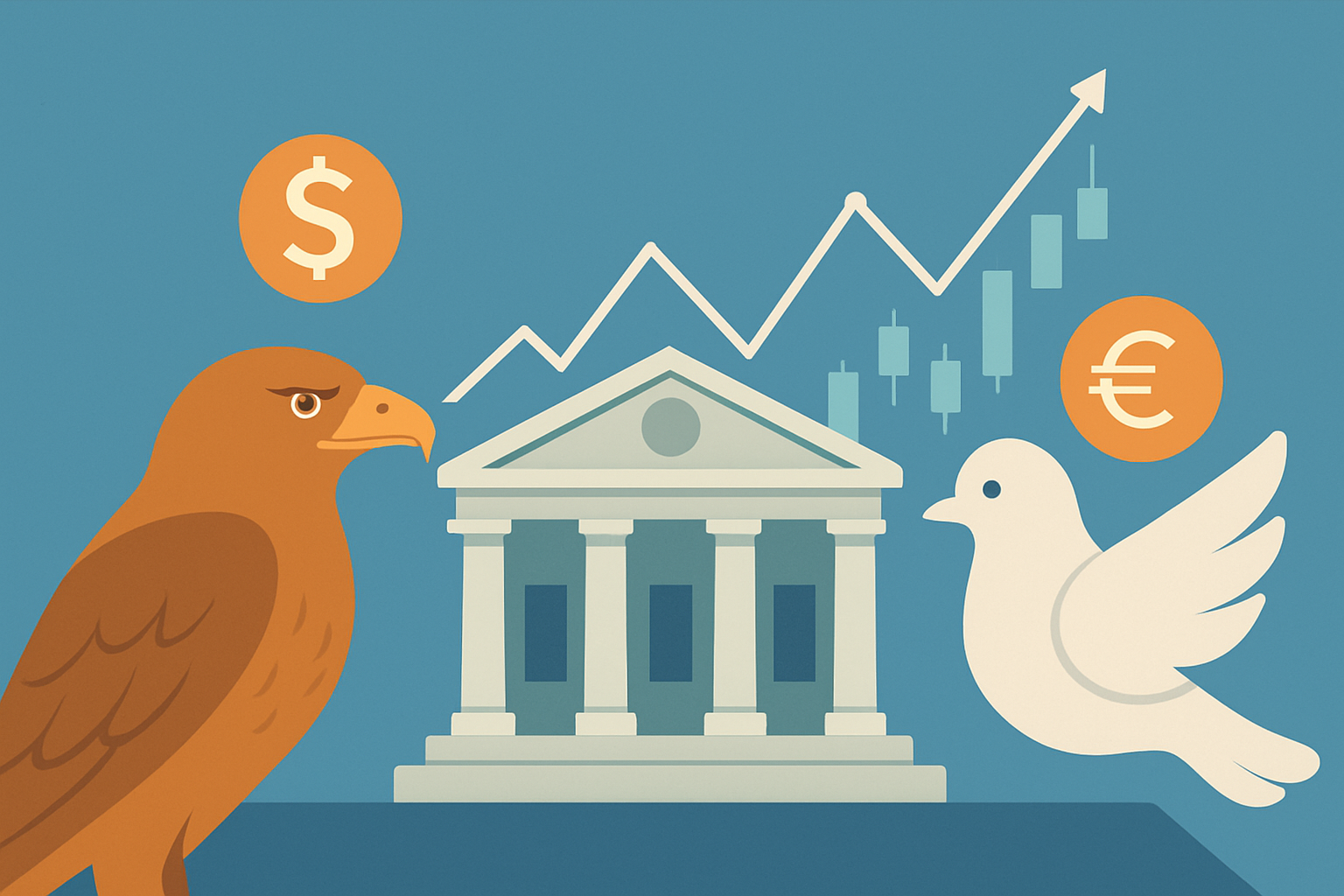
Visual representation of central bank hawkish and dovish stances affecting financial markets including stocks and currencies
These terms often stir up confusion. For instance, individuals often assume a hawkish policy always hurts stocks or that a dovish stance means easy money rolling in. But in reality, it is not so cut and dry. The market’s response usually hinges on the bigger economic picture and what investors expect.
"Think of hawkish and dovish stances like the thermostat in your house. Too hot or too cold never feels quite right; striking that sweet spot is what really keeps the economy humming along smoothly and comfortably."
Investors often find it useful to watch whether central banks are tilting hawkish or dovish because it gives valuable clues about where interest rates and inflation are headed. Staying tuned to these signals helps steer decisions on when to buy or sell assets and figure out the best way to manage portfolio risks.
Investors usually keep a sharp eye on central bank meetings and pore over policy statements like they are detective novels. They lean on tools such as TradingView to track how markets react. Platforms like Binance and Coinbase often come into play when putting those insights into action.
Getting a clear sense of hawkish and dovish central bank positions is absolutely key to decoding those often cryptic market signals. Neither stance is inherently better or worse—they just fit different economic moods, like picking the right outfit for the weather.
Struggling to improve your trading performance? Edgewonk's advanced analytics tools are designed to give you the edge you need.
With detailed trade journaling, robust strategy analysis, and psychological insights, you'll gain a comprehensive understanding of your strengths and weaknesses. Don't miss out on this game-changing opportunity.
Traders, it's time to elevate your game. Edgewonk is the ultimate trading journal software designed to empower you with data-driven insights and personalized strategies. Take control of your trading journey and maximize your potential.
11 posts written
With over a decade of experience navigating the intricate world of trading, Quentin Merriweather's expertise lies in developing innovative strategies that harness the power of cutting-edge technologies.
Read Articles
Discover what 'tanked' means in trading—how it describes sharp asset declines, causes behind these d...
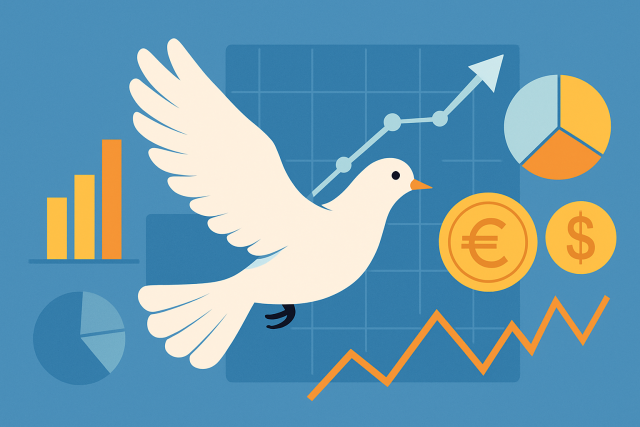
Explore the dovish meaning in trading—understand its origins, market implications, and why recognizi...
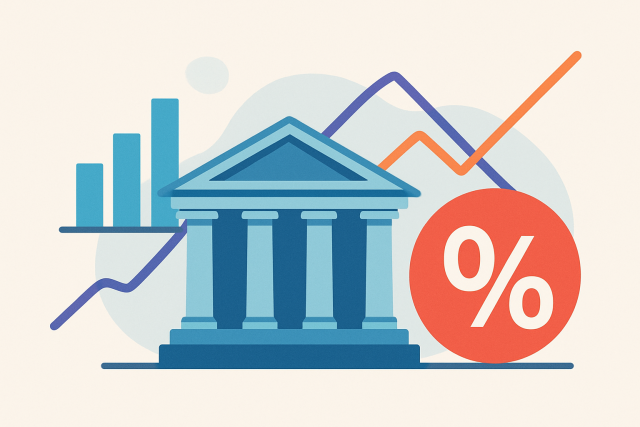
Discover what ZIRP means, why central banks set interest rates to zero, and how this policy shapes m...
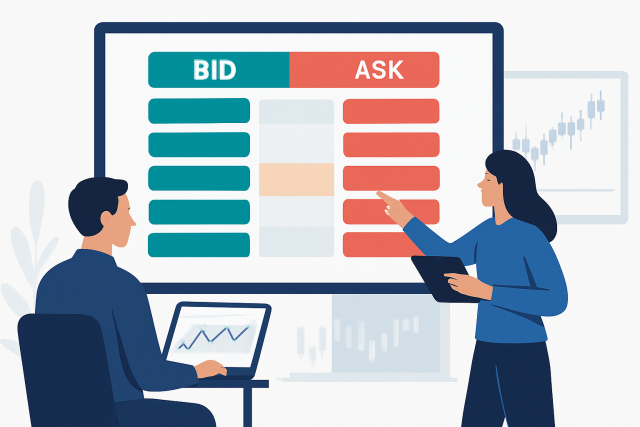
Understanding the bid-ask spread is essential for any trader. This article breaks down its meaning,...
